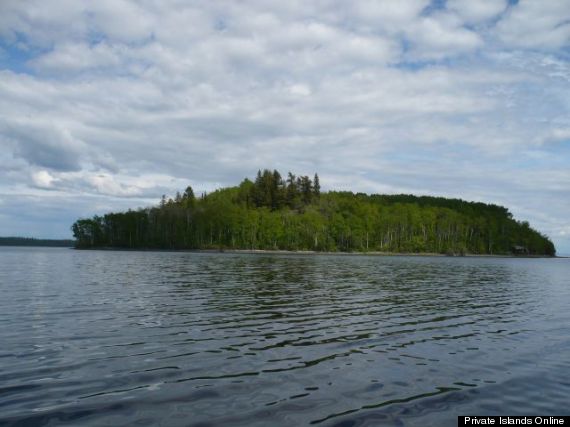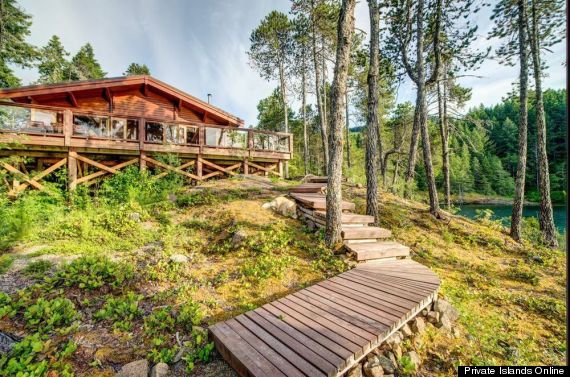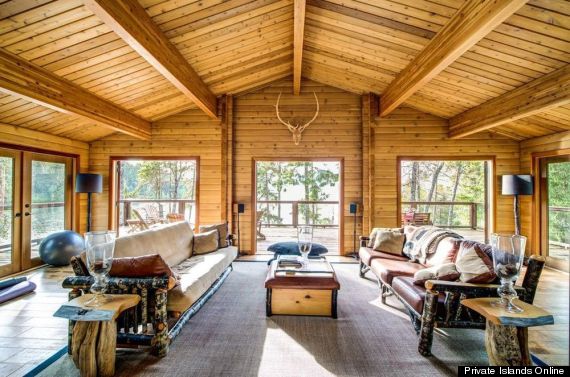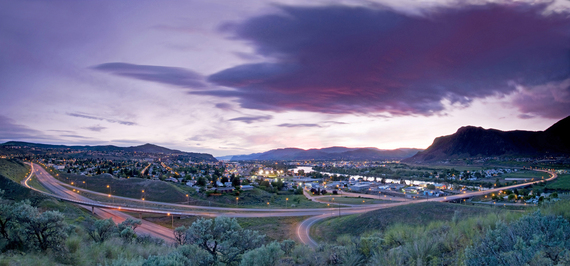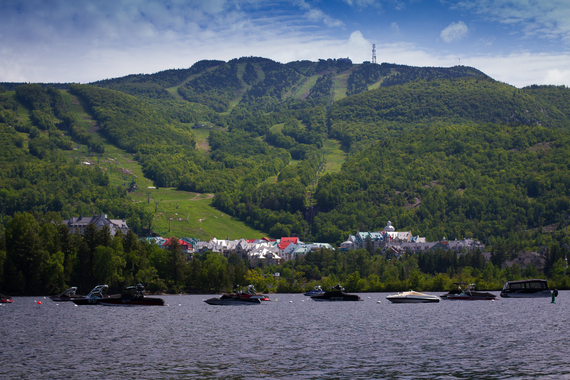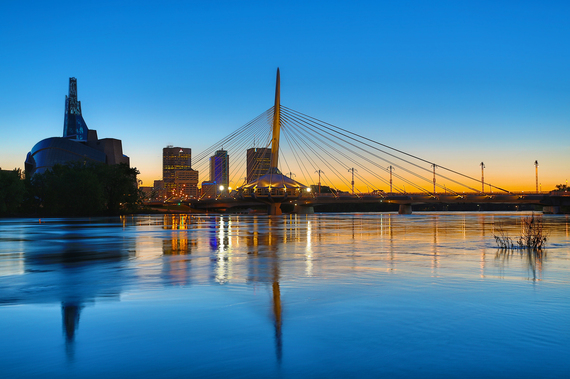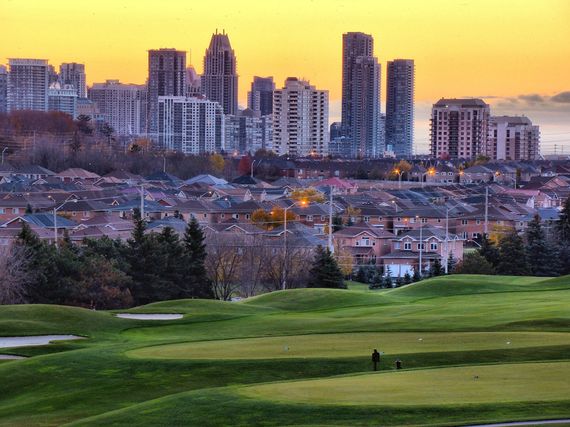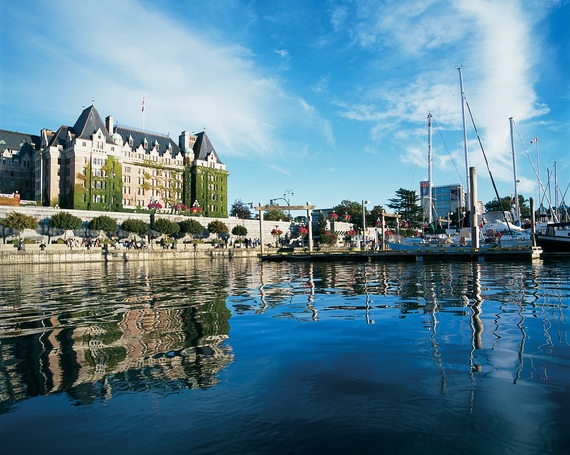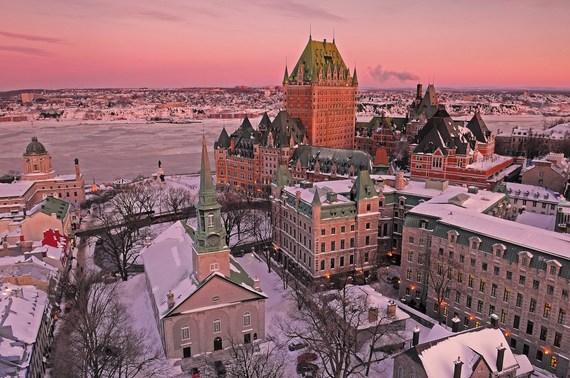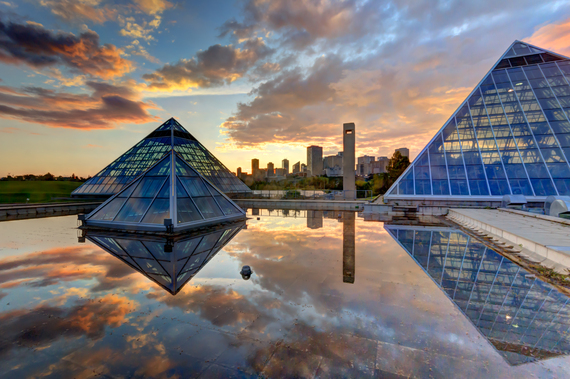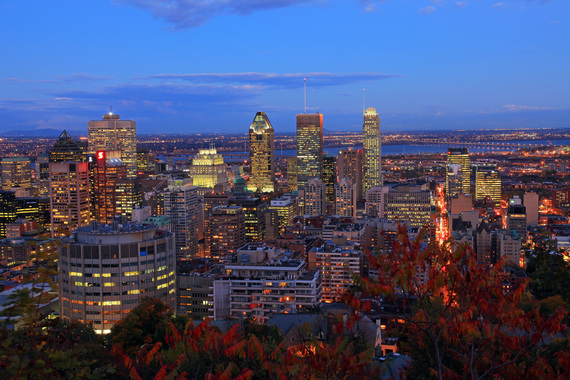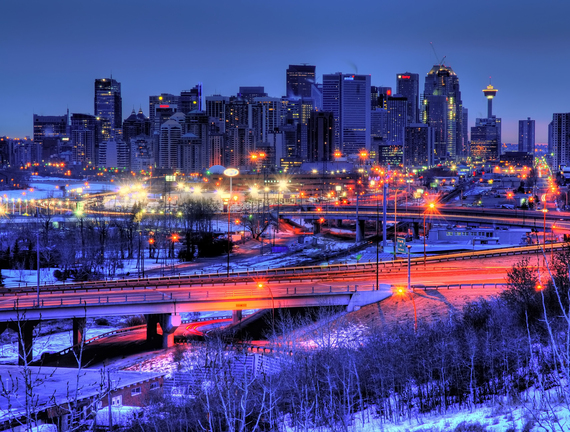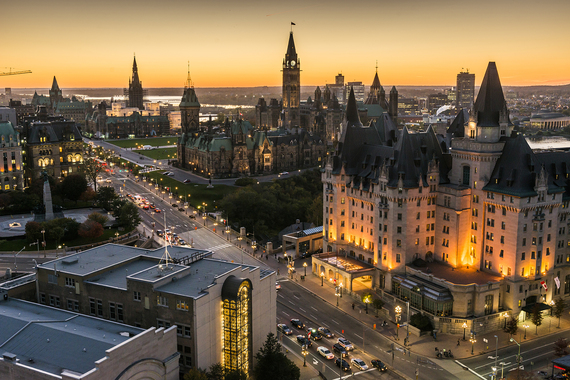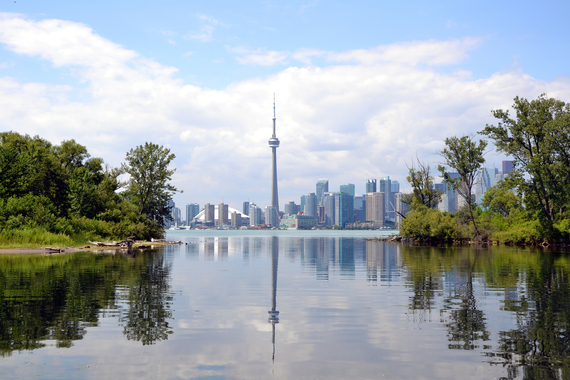![2014-11-15-_MG_8304_2.JPG]()
"You no smuggle!" said the customs agent.
It was nine-year-old Bev Miller's first trip to continental Europe. Bev landed at the Hook of Holland with her mother, Gladys, who had borrowed against the family's insurance to finance the trip. The customs agent waved them through.
The pair landed on the Dutch coast after visiting family in England. An uncle living near Stratford-Upon-Avon had proudly showed the young girl his melon-shaped barrage balloons, long steel cables dangling from their undersides. "If the Germans send their planes over those balloons will clip their wings off," he boasted.
The day Bev and Gladys set foot on Dutch soil was June 18, 1939.
Bev is my aunt by marriage and she is kindness incarnated, she still bakes birthday cakes from scratch for her children, even though they're well into their 40s. But don't pigeonhole her as a sweet old lady. Let me tell you, she's a tough nut, she's beaten cancer -- twice -- and at nine years old could tell the difference between a painting by Hals and one by Reubens (can you?) Seventy-five years after her mother took her on a tour of Europe, mere months before the invasion of Poland by the German army, we sat down in her Bedford Park home and she told me all about it.
It was an organized tour, there were around 18 of them in all, led by their stalwart Swiss guide Mr. Stahl. They wound their way through the Netherlands and Belgium, marvelling at the masterpieces of the Rijksmuseum in Amsterdam and "Belgium had the best meals," recalls Bev.
![2014-11-15-_MG_8312.jpg]()
Then it was time to turn east, into Germany.
The tour group traveled by train, arriving at Germany's north eastern border near Cologne. Once across, they pulled in at the first station. A legion of German soldiers swarmed the train and 'escorted' everyone off. The soldiers, armed with rifles, flanked the tourists on either side and marched them, single file, down the platform.
"Oh, I wasn't scared," asserts Bev, but that was the moment she realized the rumours and reports about the militarization of Germany were true. "In Canada I remember thinking 'oh this Hitler is just joking around -- Heil Hitler! -- it's just joking around.' But it wasn't."
The soldiers forced the tour group into an office where the money they were carrying was counted, then the soldiers marched them back to the train and the tour was on its way.
The swastika on its scarlet field was everywhere, blood-red bunting seemed to hang from every building and pictures of the Führer were prominently displayed. Before the tour entered Germany the guide, Mr. Stahl, had given them all a stern lecture, "do not wonder if your (hotel) room is wired, because it is. Even in your bedroom or your bathroom know that everything you say can be heard."
Memories from childhood are coloured by what was important to us when we were little. Bev particularly remembers that in Germany she heard no singing, anywhere. "You didn't show that kind of levity on the streets. Even as a kid it felt as if you were subdued and restrained," she says.
Mr. Stahl also told the group that if they publicly criticized the Third Reich they'd be removed from the group and taken away.
"Taken away where?" I ask Bev, alarmed.
"Lord only knows."
The tour passed through Cologne with its magnificent cathedral, then wound south through Heidelberg where Bev remembers visiting the famous university, established in the 14th century.
After leaving Heidelberg came the day that left the deepest impression on young Bev.
It was afternoon and the group was taking a bus to a local tourist centre. That day the heavens opened and the rain poured down in sheets. Water covered the windows of the bus so completely that the world outside seemed out-of-focus. When the bus arrived at their destination everyone ran inside and out of the weather. The centre had a large courtyard where a local contingent of the Hitler Youth had been having a program that day. Hundreds of children ranging in age from nine to 15 stood at attention in neat rows. They wore khaki uniforms, swastika-emblazoned arm bands over their left biceps. The rain streamed down their faces and soaked their clothes, but still their leaders would not let them seek shelter.
"And to me, that was silly," says Bev.
Earlier in the trip, back in England, Bev had played with some local boys so rambunctiously that she'd fallen into a ditch (which doubled as a sewer). In the Dutch town of Volendam Bev scared her mother half to death by running off to play dolls with some kids from the town. They didn't speak any English, but they had a pretty swank doll carriage and that was enough of a bond for Bev and the Dutch children.
In Germany there was no playing.
here followed a languorous boat trip down the Rhine, past ancient castles falling slowly into ruin, past a troop train packed with German soldiers headed...somewhere. Then, at last, Bev and Gladys and the tour crossed the border into Switzerland.
In a stroke of synchronicity the tour arrived in Geneva on William Tell Day. The whole country was out in the streets, many had come down from the cantons wearing elaborate costumes, parading through the city in celebration. Bev remembers passing by a beer garden in the basement of a hotel, the sound of merry Swiss singing 'Roll out the Barrel' in English reached her ears, a drunken sing-along never sounded so sweet.
![2014-11-15-_MG_8310.JPG]()
Unfortunately, this is where Bev's tour lost their trusted guide Mr. Stahl and he was replaced by the odious Madame d'Orsay, who would oversee the French leg of the trip. Madame d'Orsay's admiration for the Führer knew no bounds, at every opportunity she would praise the Third Reich and describe the ways Herr Hitler was going to "reform the way people lived in Europe."
D'Orsay proved to be more than an irritating conversationalist once the tour reached Paris. One night Gladys decided to visit some of Paris' famous nightclubs. Madame d'Orsay had generously volunteered to keep an eye on Bev. That night, with Gladys out of the way, Madame d'Orsay visited their room, ostensibly, to look in on the little girl. In the morning Gladys discovered that all their souvenirs from Germany, several maps, photos and a lighter for Bev's father back in Canada, had been stolen. It could only have been Madame d'Orsay.
They were trinkets, trivial things, of no importance to the massive war machine of the Third Reich. But Madame d'Orsay, who Bev believes was a German agent, didn't care, she stole them anyway.
Bev and Gladys returned to Canada via Montreal, landing on July 16th, seven weeks later World War II began.
Before they left Canada for Europe Gladys had told Bev; "We have to go now because I have a feeling that if we don't you'll never see Europe the way I knew it."
How right she was.
A lifetime has passed since that trip; 53 years of marriage, a nursing career, two children and two grand-children. But, 75 years later, Bev is ever grateful that she saw the 'old world' before the horror of war changed everything, forever.






